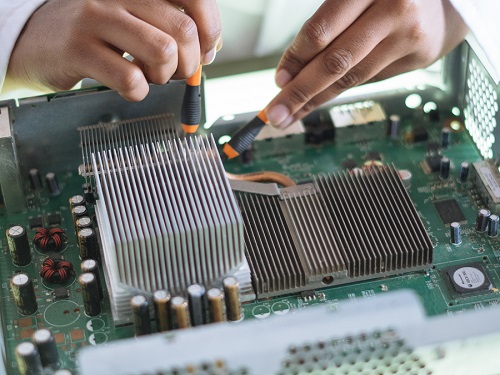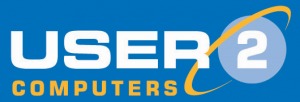1954 : Silicon Makes A Splash
On 10th May 1954, Gordon Kidd Teal created a sensation at an Institute of Radio Engineers conference when he presented silicon transistors for the first time by announcing they were ready for production and available for sale.
Why The Big Deal?
Originally, germanium was mainly used to develop transistors. It was easier to work with but had some major limitations, one of those being their operational temperature ranging from 0°C to 70°C. Silicon transistors allowed higher operational temperatures of -55°C to 125°C, meaning they could be relied upon in many more environments and applications. Not only that but silicon has better stability and is much more abundant (and cheaper).
This was made possible due to a high-purity semiconductor silicon supplied by DuPont, a company that developed ‘Teflon’ among other things having first grown huge by being a major gunpowder and explosives supplier for the US Military.
Bell Labs
The first silicon transistor was developed at Bell Labs (the organisation directly created by Alexander Graham Bell, inventor of the telephone). However, they failed to identify and exploit this opportunity, and did not attempt to produce it commercially. This cost them dearly, as today, Texas Instruments (TI) are credited with the production of the first commercial silicon transistor.
The first commercial silicon transistor was developed by Teal, who (having left Bell Labs) was hired to lead a research lab for TI. Teal hired a team of scientists and engineers overseen by Will Adcock, a chemist, tasked to work on silicon transistors. Their efforts led to a breakthrough, adding to TI’s long list of notable inventions. One of those being Jack Kilby’s (another TI employee) Integrated Circuit in 1958 which unfortunately was forsaken in favour of Noyce’s more mass production friendly version.
Teal continued working for TI until his retirement, only taking a short leave of absence for 2 years to become the first Director of the National Bureau of Standards Institute for Materials Research in Washington D.C. He died in 2003 with an estimated net worth of $1 – $8 million.
Texas Instruments continued to flourish outcompeting other companies in the semiconductor space and acquiring many of their competitors along the way. One of their recent acquisitions being that of National Semiconductor in 2011 for $6.5 billion. As of writing this, the company is valued at around $147 billion.
TI’s success can be attributed, among other things, to their keen eye for talent. Hiring experts like Gordon Kidd Teal (who were on the cusp of major breakthroughs) has helped the company capitalise on opportunities that other companies have failed to identify.
All this goes to show that a company’s innovation is unlimited because it can be developed internally by training or sourced by hiring key personnel or by corporate acquisition.




